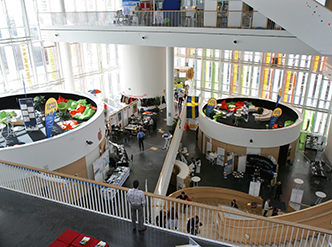
Designing a school: taking science out of the classroom
February 22, 2012 | Issue 22How can the architecture of a school influence its teaching? Allan Andersen, head teacher of Copenhagen’s Ørestad Gymnasium, tells Adam Gristwood and Eleanor Hayes.


How can the architecture of a school influence its teaching? Allan Andersen, head teacher of Copenhagen’s Ørestad Gymnasium, tells Adam Gristwood and Eleanor Hayes.
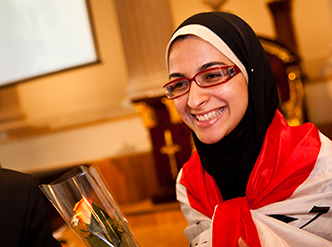
Petra Nieckchen from EFDA reports on the 23rd European Union Contest for Young Scientists (EUCYS) in Helsinki, Finland.
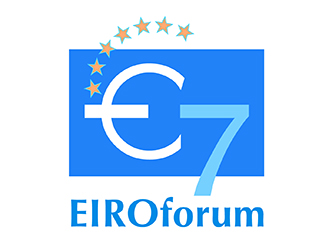
Does school feel a long way from modern science? Sonia Furtado Neves explains how 30 teachers recently experienced the thrill of cutting-edge research.

Renewable, clean, unlimited energy – how can it be achieved? Christine Rüth from EFDA introduces the tokamak, the most advanced fusion device.
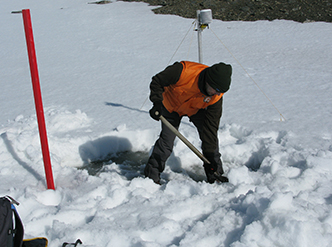
Studying permafrost enables us to look not only into the past, but also into the future. Miguel Ángel de Pablo, Miguel Ramos, Gonçalo Vieira and Antonio Molina explain.
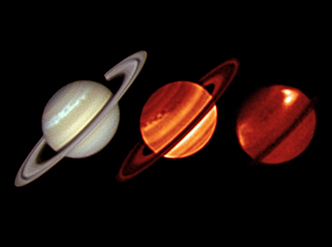
As a child, Maggie Aderin-Pocock dreamed of going into space. She hasn’t quite managed it yet, but she’s got pretty close, as she tells Eleanor Hayes.
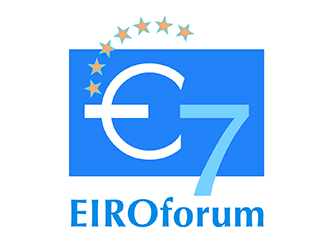
Science in School is published by EIROforum, a collaboration between eight of Europe’s largest inter-governmental scientific research organisations. This article reviews some of the latest news from the EIROforum members (EIROs).
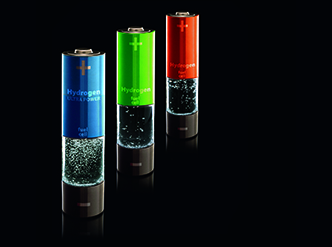
Hydrogen may be the fuel of the future, but how can we produce it sustainably? Karin Willquist explains.
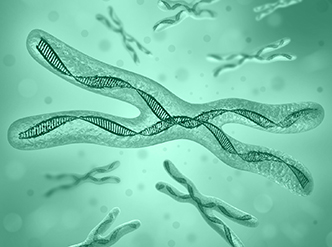
In popular TV detective series, genetic fingerprinting is commonly used to identify criminals. Sara Müller and Heike Göllner-Heibült take a look behind the scenes.
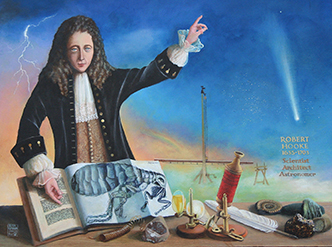
Nektarios Tsagliotis explains how to build an effective microscope using simple materials – enabling your students to discover a hidden world, just as Robert Hooke did in 1665.
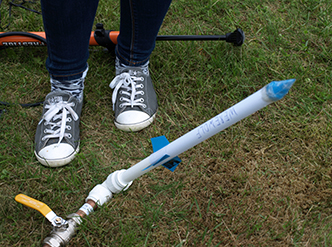
Ever wanted to launch a rocket? Jan-Erik Rønningen, Frida Vestnes, Rohan Sheth and Maria Råken from the European Space Camp explain how.

When you read the newspaper, how do you know what to believe? Ed Walsh guides you and your students through the minefield of science in the media.
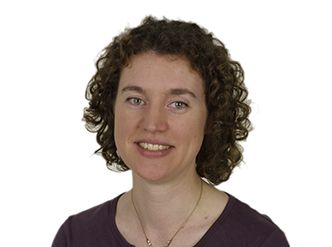
TV detectives often rely on genetic fingerprinting to track down criminals, but what is the science behind the technique?